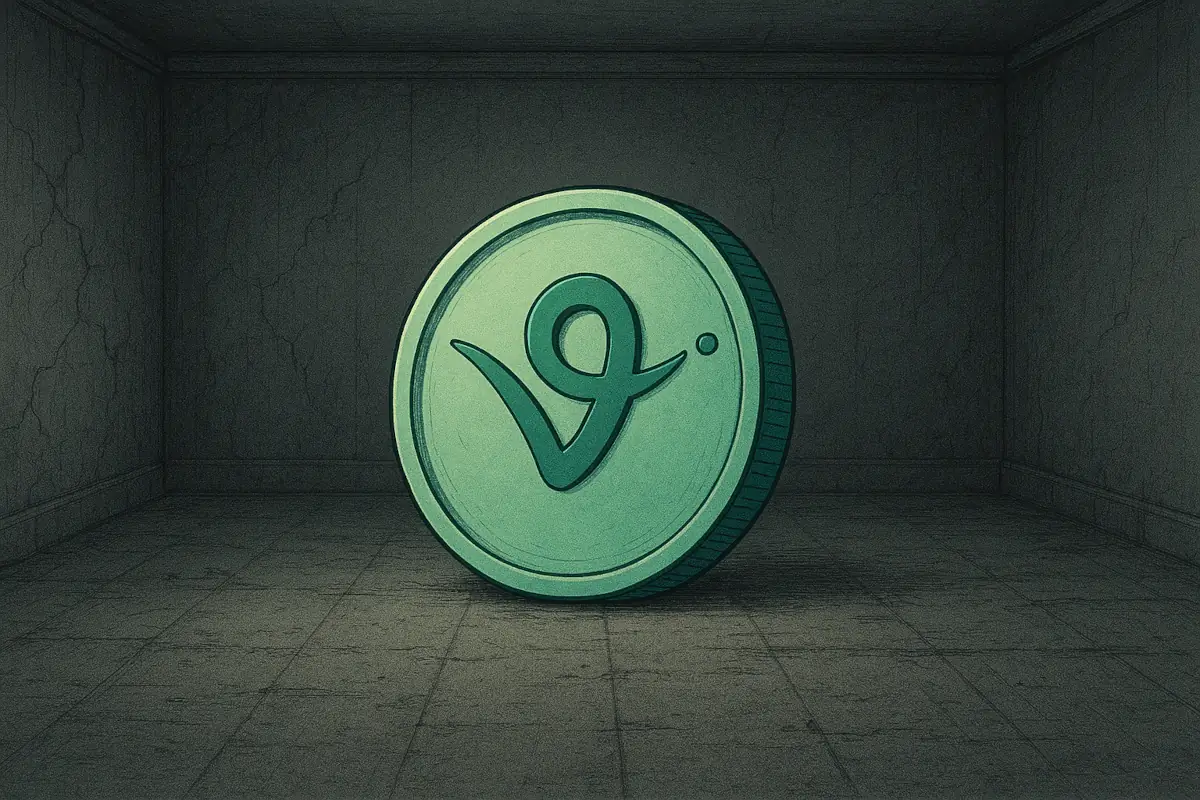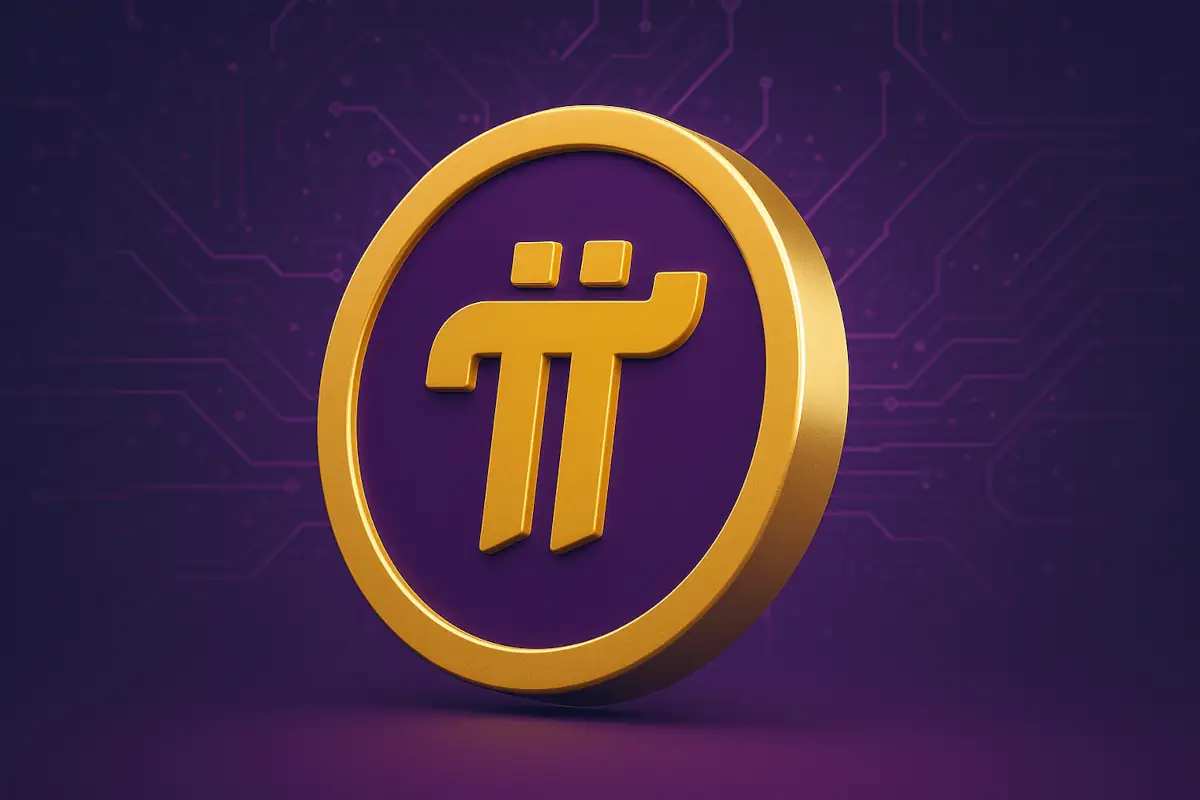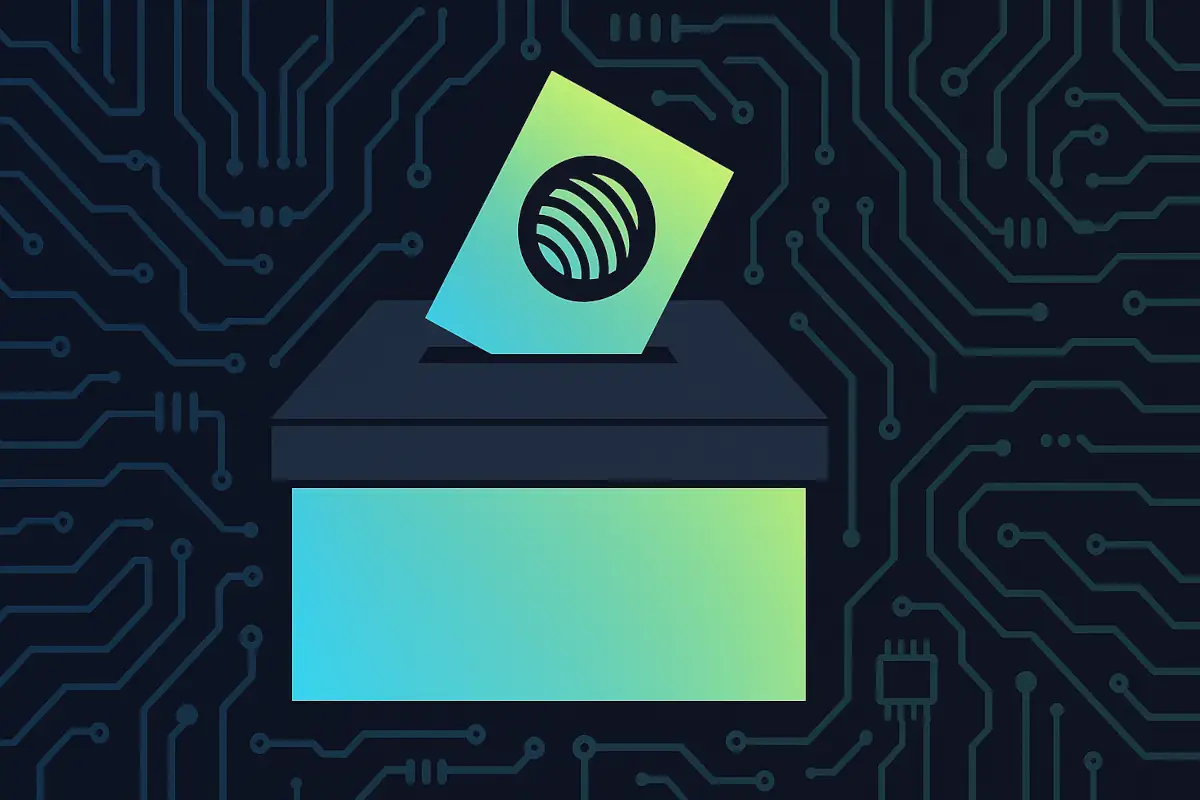In a rapid fall, Virtuals Protocol has found itself staring down a crisis that only months ago seemed unthinkable. After gaining over 20,000% in 2024 and being named as one of the most promising AI agent platforms in crypto, the project has seen its daily revenue shrink from hundreds of thousands to just hundreds.
Virtuals’ native VIRTUAL token has lost nearly 90% of its value since its January peak. The initial hype surrounding AI-powered digital agents has cooled off dramatically, leaving Virtuals with decreasing usage, fading community interest, and growing skepticism about its long-term viability.
Table of Contents
99% Revenue Collapses in Less Than 100 Days
The high point for Virtuals Protocol came on January 2, when the platform’s revenue crossed $1 million. That momentum didn’t last. By the end of February, revenue had shriveled to under $35,000. The more alarming numbers arrived in April. On April 7, daily revenue dipped below $500, representing a decline of more than 99% since early January.
The sharp fall hasn’t gone unnoticed. Blockworks researcher Sharples captured the sentiment on April 8, describing the platform’s collapse as “probably one of the wildest crypto charts of the cycle”:
The platform’s activity levels support this claim, with the creation of new AI agents slowing to fewer than ten per day during the last ten days. That’s a steep drop from late November, when over 1,000 agents were being created daily, according to Dune Analytics data.
Sharples also observed that it had “been about a week” since a new AI agent had been launched on Virtuals, further underlining the platform’s near-total freeze. The enthusiasm and user engagement that once fueled Virtuals’ rise have vanished almost entirely, with usage figures now pointing to a community that has mostly moved on.
VIRTUAL crashes 90% From January High
The VIRTUAL token reached its highest price on January 2, coinciding with Virtuals Protocol’s peak revenue. That moment now marks the beginning of a steep and continuous decline. Despite a platform expansion announcement on January 25, which included integration with the Solana blockchain, investor sentiment continued to weaken.
By early April, VIRTUAL had dropped to just $0.42 – a near 90% loss from its January high. Even with the platform having accumulated $39.1 million in lifetime revenue, the declining token value suggests investors have little faith in a rebound.
Questions surrounding Virtuals Protocol’s direction have intensified. DeGen Capital’s Mardo pointed to policy missteps, suggesting that “withholding token taxes that other platforms freely give back” could be discouraging developers. If creators are losing the incentive to build, the stagnation in activity becomes easier to understand.
Beyond policy, many have begun to scrutinize the core technology. AI commentator BitDuke stated bluntly that “ChatGPT wrappers are no longer interesting, who could have guessed”.
Another AI figure, “DHH,” echoed the doubt, saying:
Is There Any Road to Recovery?
With investor confidence rattled and user activity nearly nonexistent, it’s hard to see where Virtuals Protocol can go from here. A turnaround would require renewed interest in AI agents, either through improved functionality or a wider crypto recovery. However, neither seems close at hand.
A potential rebound zone exists between $0.60 and $0.80, as shown in the platform’s liquidation heatmap. These are liquidity-heavy areas, which could attract speculative traders and bring short-term relief. But unless the platform addresses its core issues – limited functionality and poor incentives for developers – any recovery is likely to be brief.
Infinex founder Kain Warwick did leave the door open, telling Magazine that while the “first version of AI slop agents” were “garbage,” the underlying technology still holds long-term promise. His view offers a sliver of hope for a platform that desperately needs one.
Read also: AI Crypto Predictions Are Useless – Here’s Why
End of the AI Agent Hype Cycle?
Virtuals Protocol may be more than just a project losing interest – it could be a signal that the AI agent hype cycle has reached its peak. The market’s retreat suggests that users and investors have grown tired of tools that look impressive on the surface but offer little real-world benefit.
That’s not to say AI agents are done for good. The idea still holds appeal, and the tech will likely evolve. But for now, the collapse of Virtuals serves as a warning for projects that lean too hard on hype without backing it up with consistent value.
Read also: Are AI Agents Overrated? Solana Founders Share Their Views




